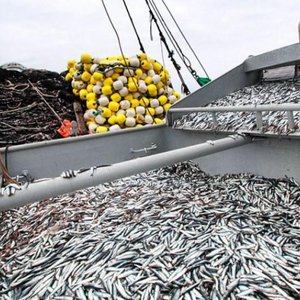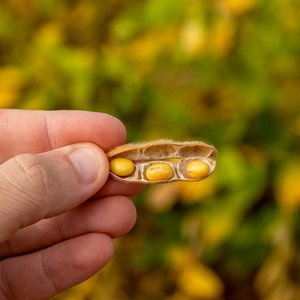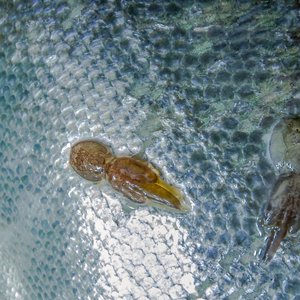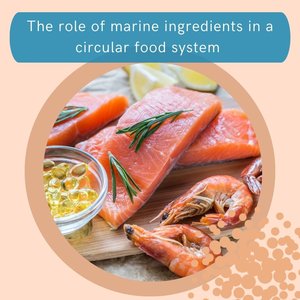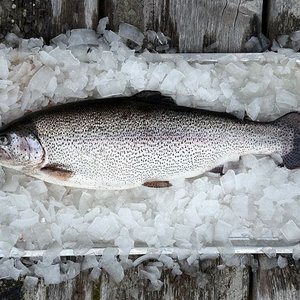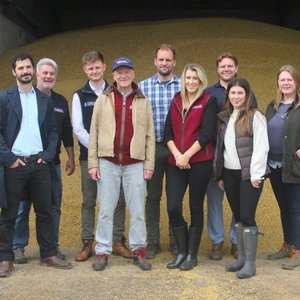The U.S. Department of Agriculture is allocating USD 300 million to 66 U.S. organizations, under the new Regional Agricultural Promotion Program (RAPP), to build demand for American food and farm exports in high-potential markets around the globe.
Secretary Vilsack launched RAPP in October 2023, authorizing USD 1.2 billion in Commodity Credit Corporation funding to help U.S. exporters expand their customer base beyond traditional and established markets, focusing on regions such as Africa, Latin America and the Caribbean, and South and Southeast Asia, where consumer demand and purchasing power are growing.
“USDA and the entire Biden-Harris Administration are focused on creating more, new and better markets for U.S. producers and agribusinesses, and exports are a critical part of that effort,” Vilsack said. “By enabling U.S. exporters to expand their footprint in diverse and dynamic new markets, RAPP will help make them more competitive and resilient in an increasingly volatile global trading environment. We know the potential is out there, but it takes time and money to grow new markets. USDA is pleased to be able to provide the start-up capital to help tap into these opportunities because if we are serious about reversing the decline of small and mid-sized farms, and building wealth that stays in rural communities, it’s crucial that we create and sustain diverse market opportunities abroad as well as at home.”
The initial round of RAPP funding will help recipient organizations carry out hundreds of projects encompassing a wide variety of products and markets.
The U.S. Grains Council (USGC) will receive $17 million for use in developing markets that will be crucial to the future of U.S. agriculture exports. “USDA’s decision to distribute additional investment is a wonderful show of confidence in the council and its partners to continue blazing a trail in foreign markets on behalf of U.S. agriculture,” said Brent Boydston, USGC chairman. “The future of the Council and its programming has never been brighter and I am certain there will be incredible results for producers, buyers and sellers alike.”
The American Soybean Association, ASA’s World Initiative for Soy in Human Health program, and the U.S. Soybean Export Council will receive USD 28.5 million that will be invested to facilitate diversification and growth of U.S. soybean exports, help meet growing global protein demand, and address nutrition and food security. “New international markets are critical to sustaining U.S. soybean growers’ success. This program will open new opportunities while improving upon the success of other programs vital to U.S. soy, like MAP and FMD,” said ASA President Josh Gackle, a soybean grower from North Dakota.
The North American Renderers Association (NARA) will receive USD 3.3 million in RAPP funds. “NARA has been participating in USDA export promotion programs since the 1950s and has a long track record of increasing exports and market share of U.S. rendered and repurposed products overseas,” said NARA president and CEO Kent Swisher. “I think the award of USD 3.3 million in RAPP funds to NARA shows that USDA has a lot of confidence in our approach to diversifying markets and boosting exports.”
The American Feed Industry Association (AFIA) will receive $800,000 in federal funding to develop new export markets for U.S. food and agricultural products, extending beyond the traditional partnerships with Canada, Mexico, the European Union and China.
“We thank the USDA for recognizing AFIA as the leading authority in the animal feed, feed ingredient and pet food trade," said AFIA president and CEO Constance Cullman. “This support will enable us to expand our efforts in developing and expanding export markets for U.S. animal food products. We look forward to leveraging this support to enhance the competitiveness of U.S. animal food in emerging markets and contribute to the broader goal of agricultural export diversification.”



